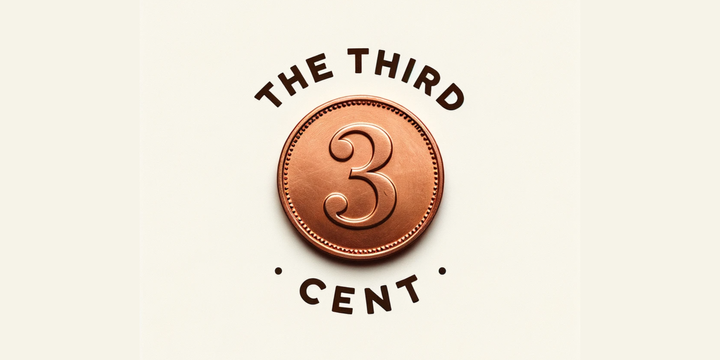Attitudes and the art of changing them

Introduction:
For today’s letter, let’s move away from the marketing concepts just for a bit and talk about something more (or less) fun. Let’s talk about Newton’s first law. I don’t make jokes this early in my letters - or do I?. Newton’s first law states that an object that is in motion continues to be in motion and an object in rest continues to be in its state of rest unless and until an external force acts on that object.
Can we say something similar about us human beings? No! Not in the sense that human beings are objects and they are generally in a state of rest and need to be pushed around to do basic things, but in the sense that human beings continue to be who they are unless and until ‘pushed’.

I’m sure you get where I am going here. A human being continues to maintain their opinions and feelings about things unless and until they are challenged. Let’s discuss this a bit in the context of my favorite subject - History.
Social Evils:
The practice of treating human beings as property is one of the most egregious social evils in history. Slavery has existed in various forms across different cultures and times. If you were in North America about 200 years ago you’d have found that human slavery, comprising the enslavement primarily of Africans and African Americans, was prevalent. But today, we find doing the exact same thing to be an abhorrent practice and would never indulge in it. Let’s take another example closer to home - Sati. Sati was an Indian practice where a widow would immolate herself, or be forced to do so, on her husband's funeral pyre. The idea as we now understand it was deeply rooted in patriarchal norms. Today both men and women would find it absurd to correlate loyalty with the loss of life. There are many social evils that humanity as a whole has done away with, and there are many more that we will get away with in the future. But at the center of all of this is the idea of ‘attitude’ and changing.
In psychology, attitude is a mental and emotional entity that characterizes a person. It is basically a person’s predisposition to do something. Let me explain this a little further.
Imagine you're going to a new amusement park for the first time. You're feeling excited and happy, and you're really looking forward to it. That's your attitude towards the amusement park – it's positive. You've made up your mind that it's going to be great, even before you get there. Would you feel the same way about going to get a vaccination or medical check up? It is very likely that you are not going to feel pleasant about either of them. what's your attitude towards a medical checkup - it's a bit negative.
Your attitude is just how you feel about something or someone. It's a mix of what you think and how you feel, which then influences how you might act. Left alone - the person is probably going to do what his attitude is (and is unlikely to change his or her behavior around it). You see where I’m going with this?
The story of how every social evil ended is basically a story of an attitude change. A lot had to happen for that attitude change to occur.
A Glimpse into today’s class:
In 1960, Singapore's fertility rate stood at 6 children per woman, implying that every mother bore 6 children on average. During this time, Singapore was beginning its journey towards prosperity, and there was a widespread perception that an increasing population was a negative factor. This view was shared by other countries. China, for instance, established the one-child policy, while India implemented similar measures. Many books, like "The Population Bomb," addressed concerns about overpopulation, suggesting it could become a significant problem.
In response to these fears, various policies were introduced around the world, reflecting local cultures and customs. These led to a dramatic decrease in the average number of children women had. Below is a chart showing this trend over the last 200 years, courtesy of Gapminder, a reputable source of demographic panel data.
This decrease in population growth has been consistent across continents and countries, with few exceptions. It's worth acknowledging the significant efforts of behavioral researchers who worked diligently to understand and facilitate this shift.
However, today's concern is the opposite: a declining population means an increased dependency ratio. This implies that each child potentially has more parents and grandparents to care for, leading to potential economic and psychological issues. Similarly, the decrease in population could slow down GDP growth, as there are fewer people to contribute to and participate in the economy. The work by Dr. Vargeese further investigates these concerns.
We will talk more about this in today’s class. Look forward to a great session!



